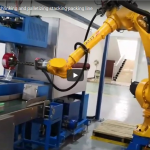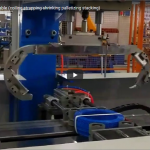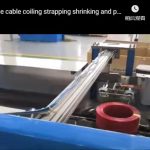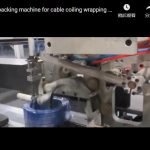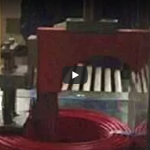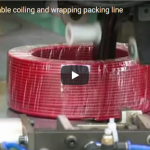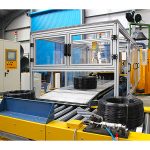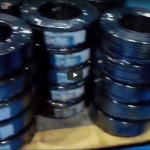An auto cable packing line from FHOPE is a type of equipment used for packaging cables and wires. The line typically consists of several components, including a coiling system, strapping system, shrinking system, and labeling system.
The coiling system is designed to automatically coil the cable or wire onto a spool or reel, which can help to improve efficiency and reduce labor costs. The strapping system is used to secure the coiled cable or wire with straps or bands, which can help to prevent the product from unraveling during transportation.
The shrinking system is used to shrink a plastic film around the coiled and strapped cable or wire, which can provide added protection and stability during transportation. The labeling system is used to print and apply labels to the packaged product, which can help to identify the product and provide important information to customers.
The auto cable packing line may also include a conveyor system that feeds the cable or wire through the different components of the line. Additionally, the line may be controlled by a programmable logic controller (PLC), which can be programmed to adjust the packaging parameters based on the specific characteristics of the product being packaged.
The primary benefit of an auto cable packing line from FHOPE is that it can help to improve efficiency and reduce labor costs in the packaging process. By automating the coiling, strapping, shrinking, and labeling processes, the line can help to reduce the amount of manual labor required and improve the consistency and quality of the final product. Additionally, the use of a PLC can help to ensure that the packaging process is consistent and reliable, which can improve the safety and stability of the product during transportation and storage.
Overall, an auto cable packing line from FHOPE can be a valuable asset for companies in the cable and wire manufacturing industry. The line can help to streamline the packaging process, improve efficiency, and reduce labor costs. Additionally, the use of automatic coiling, strapping, shrinking, and labeling can help to ensure that the product is securely packaged and labeled, which can improve the quality and safety of the final product.
https://www.fhopepack.com/Automatic-Coiling-Machine/
